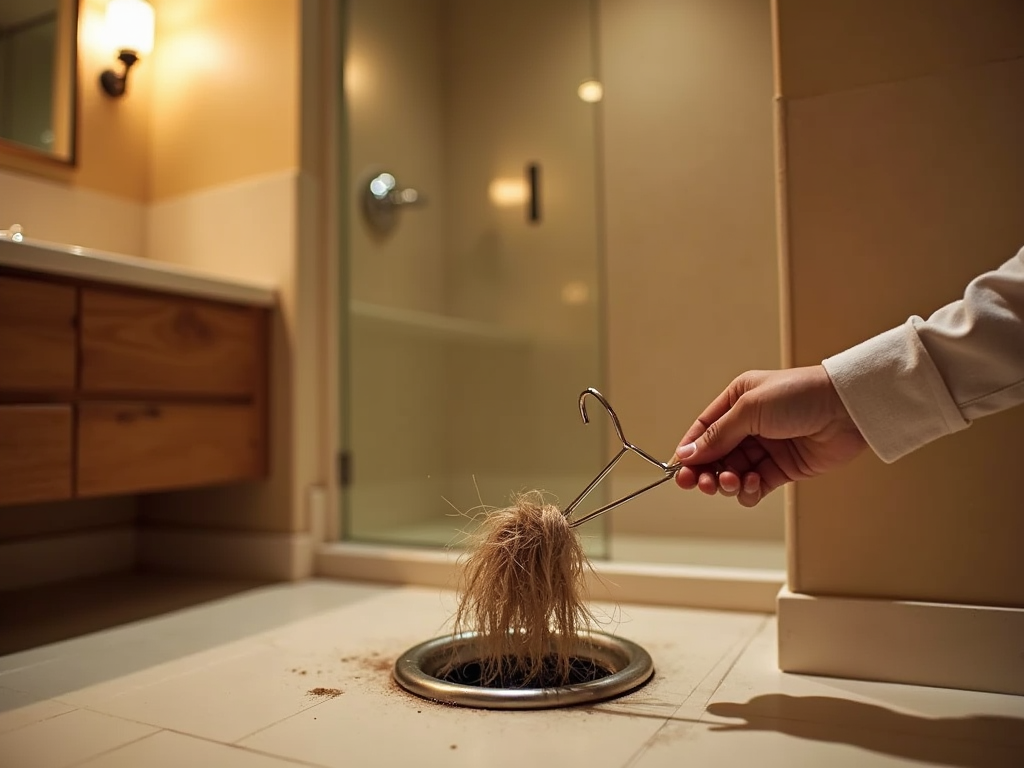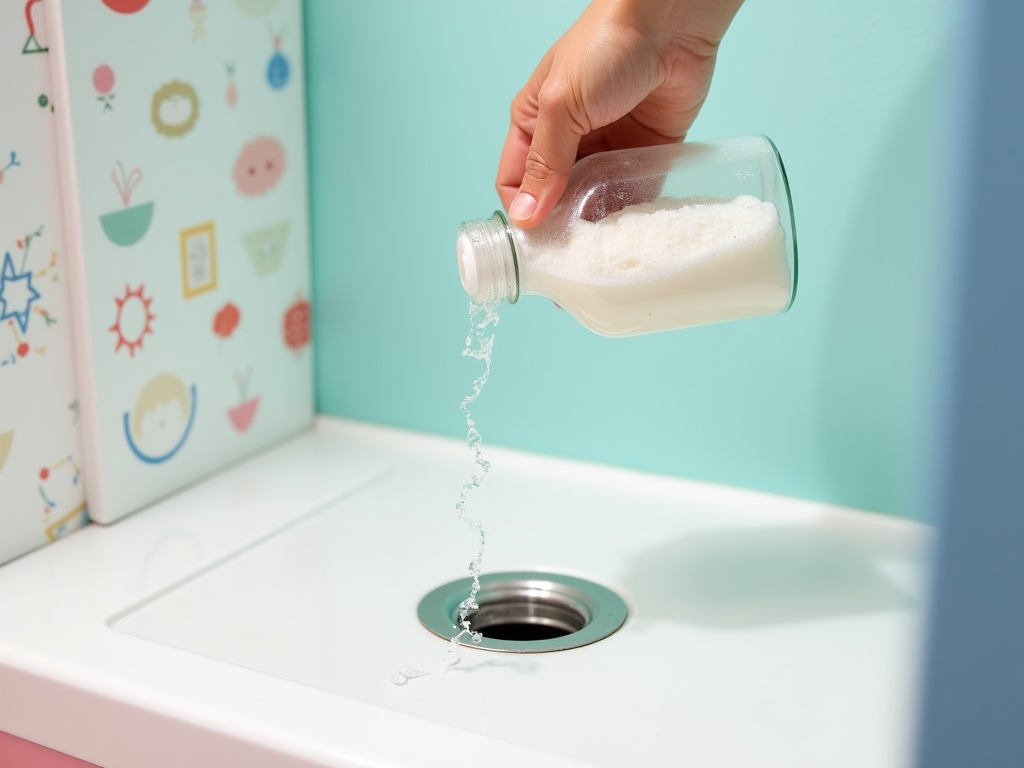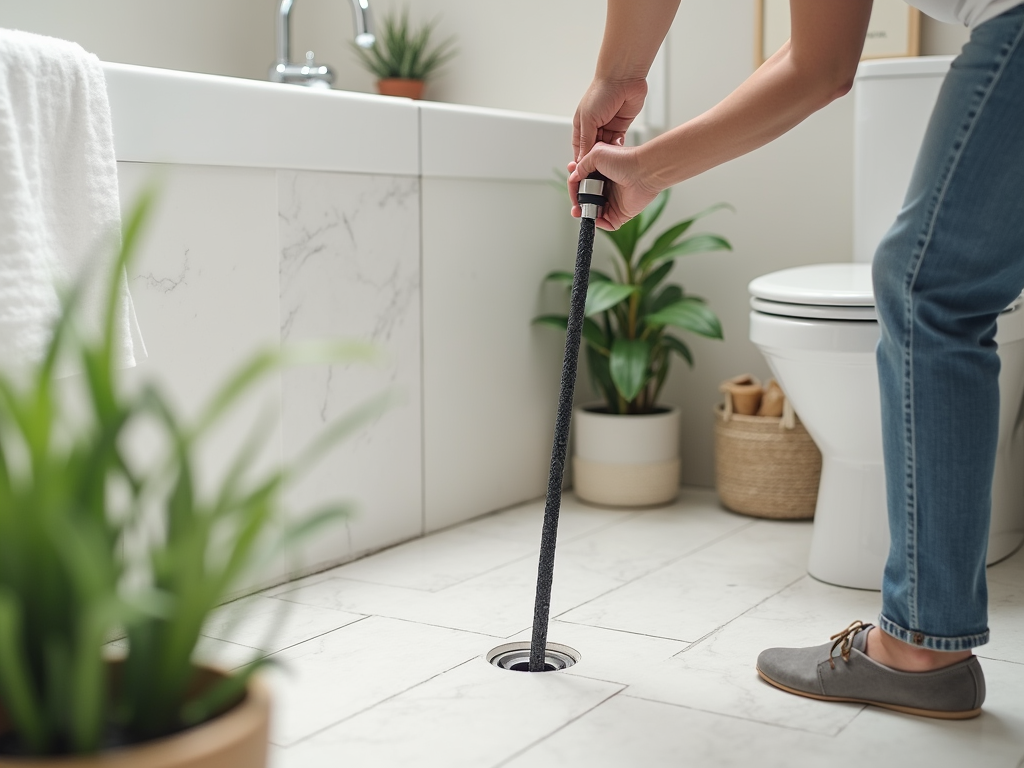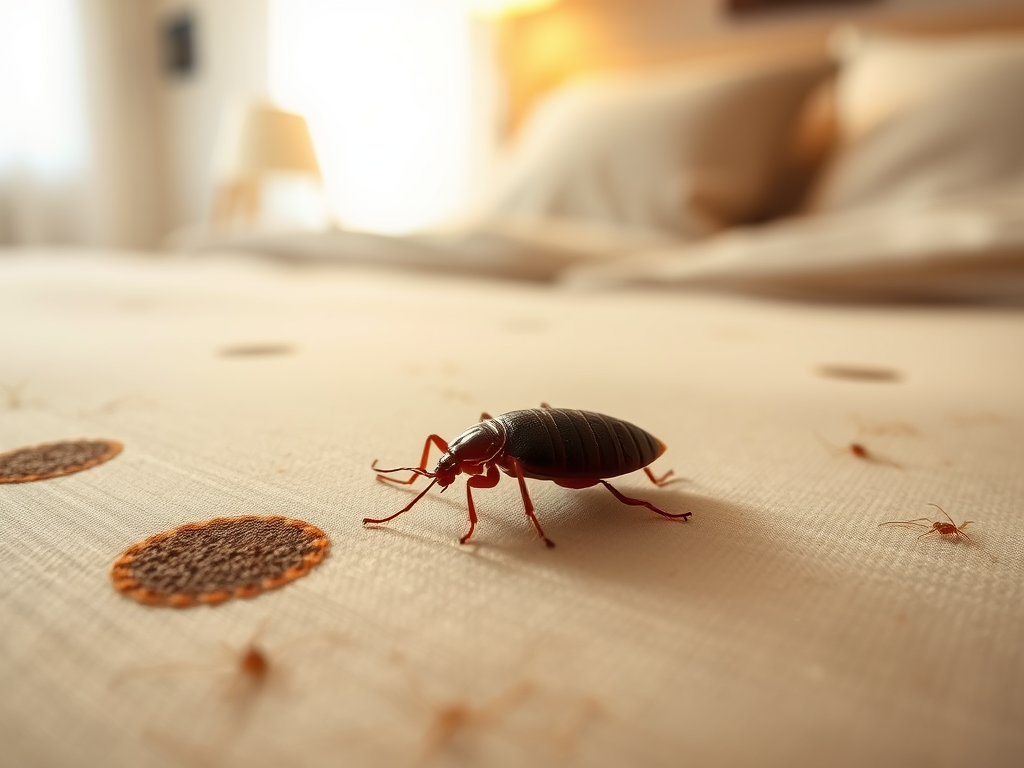Dealing with a clogged shower drain due to hair buildup is a common household headache. Fortunately, there are several practical methods to remove hair effectively and keep your plumbing running smoothly. In this article, we will explore five effective ways to clear out hair from your shower drain, ensuring that your drains remain clear and functional.
1. Use a Drain Snake

A drain snake, also known as a plumber’s snake, is an effective tool designed specifically for clearing clogs in pipes. This flexible, long, and slender tool can easily navigate through the curves of your plumbing system to grab and remove hair and other debris. To use a drain snake, follow these steps:
- Insert the end of the drain snake into the shower drain opening.
- Gently push and twist the snake inside the drain to break up or snag the hair.
- Once you feel resistance, continue twisting the snake to latch onto the hair.
- Carefully pull the snake out, bringing the hair along with it.
- Run hot water to flush any remaining debris down the drain.
This method is often successful for most hair-related clogs and can save you from a professional plumbing service.
2. Baking Soda and Vinegar

Another effective and eco-friendly method to remove hair from your shower drain is using a baking soda and vinegar solution. This combination not only helps break down hair clogs but also neutralizes odors and cleans the pipes. You can follow these steps:
- First, remove any visible hair from the drain using your fingers or tweezers.
- Pour 1/2 cup of baking soda into the drain.
- Next, pour 1/2 cup of white vinegar over the baking soda.
- The mixture will fizz and bubble, helping to lift the clog.
- After about 30 minutes, flush the drain with hot boiling water for an effective rinse.
Repeat this process regularly to prevent hair build-up and maintain a fresher-smelling shower.
3. Wet/Dry Vacuum
If you have access to a wet/dry vacuum, this can be a highly effective solution for removing hair from your shower drain. This method works best if you act promptly before significant clogging occurs. Here’s how you can use a wet/dry vacuum for this purpose:
- Set the vacuum to liquid mode.
- Ensure the area around the drain is dry to create an effective seal.
- Place the vacuum nozzle over the shower drain opening.
- Turn the vacuum on, allowing it to suck up any hair and debris in the drain.
- Empty the vacuum container as needed, and repeat if necessary.
This method is particularly tidy and allows you to eliminate hair quickly without creating a mess.
4. Wire Hanger Technique
For those who prefer a DIY approach, the wire hanger technique is a simple method to retrieve hair clogs from your shower drain. Though this method may require some patience, it can be surprisingly effective. Follow these steps for success:
- Take a standard wire hanger and straighten it out, leaving a small hook at the end.
- Carefully insert the hook into the drain, twisting and turning to snag hair.
- When you feel something catch on the hook, pull it out slowly.
- Repeat the process until you remove as much hair as possible.
- Run hot water to ensure your drain is clear.
This method is accessible and requires minimal tools, making it a go-to solution for many homeowners.
5. Perform Regular Maintenance
Preventing hair clogs is often easier than clearing them once they occur. Regular maintenance and prevention techniques can significantly reduce the likelihood of hair build-up. Here are a few tips to maintain your shower drains:
- Invest in a drain cover or hair catcher to trap hair before it enters the drain.
- Clean the drain cover regularly to ensure optimal performance.
- Consider scheduling monthly maintenance to flush your drains with hot water and vinegar.
- Avoid washing long hair in the shower, or tie it up to minimize loose strands.
- Educate family members about the importance of drain care to prevent clogs.
Proactive measures can save you from expensive plumbing bills and time-consuming remedies.
Conclusion
Keeping your shower drain free of hair is essential for maintaining a functional bathroom. From using tools like drain snakes to implementing maintenance tips, the methods outlined can help you effectively manage and prevent hair clogs. By incorporating these strategies into your cleaning routine, you can ensure a smoother and more enjoyable shower experience.
Frequently Asked Questions
1. How often should I clean my shower drain?
It’s recommended to check and clean your shower drain at least once a month to prevent hair build-up and potential clogs.
2. Can I use commercial drain cleaners instead?
While commercial drain cleaners can be effective, they often contain harsh chemicals that can damage your plumbing. Consider using natural methods first.
3. What if my shower drain is still clogged after trying these methods?
If these methods don’t resolve the clog, it may be time to consult a professional plumber to assess the problem and provide a solution.
4. Is it safe to use boiling water on all types of drains?
Boiling water is generally safe for metal pipes but can damage PVC pipes. Always check the material of your plumbing before using boiling water.
5. How can a hair catcher help prevent clogs?
A hair catcher sits over your drain and traps hair before it can enter your plumbing, significantly reducing the amount of hair that causes clogs.



